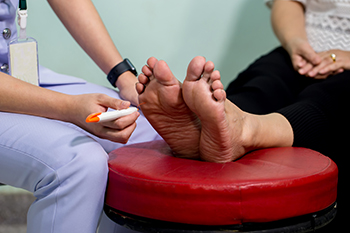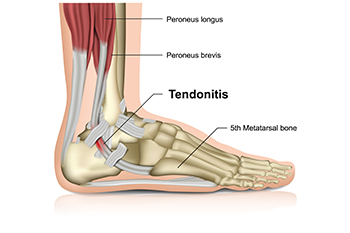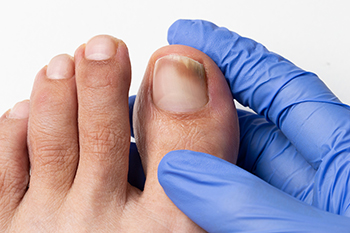
Intoeing in children, often referred to as being pigeon-toed, occurs when a child's feet turn inward while walking or running. This condition is commonly caused by structural issues, such as femoral anteversion, where the thigh bone twists inward, or tibial torsion, which affects the shin bone's alignment. Sometimes, intoeing is related to foot positioning in the womb. Signs can include an unusual walking pattern, where the feet point inward, and possible tripping or difficulty with certain activities. To diagnose intoeing, a podiatrist conducts a physical examination to observe the child’s gait and assess leg alignment. X-rays or other imaging tests may be used to determine the precise cause. If you notice the signs of intoeing in your child, it is strongly suggested that you contact this type of doctor who can provide treatment options.
Making sure that your children maintain good foot health is very important as they grow. If you have any questions, contact Alex Kim, DPM of AVID Foot & Ankle Center. Our doctor can provide the care you need to keep you pain-free and on your feet.
Keeping Children's Feet Healthy
Having healthy feet during childhood can help prevent medical problems later in life, namely in the back and legs. As children grow, their feet require different types of care. Here are some things to consider...
Although babies do not walk yet, it is still very important to take care of their feet.
Avoid putting tight shoes or socks on his or her feet.
Allow the baby to stretch and kick his or her feet to feel comfortable.
As a toddler, kids are now on the move and begin to develop differently. At this age, toddlers are getting a feel for walking, so don’t be alarmed if your toddler is unsteady or ‘walks funny’.
As your child gets older, it is important to teach them how to take care of their feet.
Show them proper hygiene to prevent infections such as fungus.
Be watchful for any pain or injury.
Have all injuries checked by a doctor as soon as possible.
Comfortable, protective shoes should always be worn, especially at play.
If you have any questions please feel free to contact our office located in Little Elm, TX . We offer the newest diagnostic and treatment technologies for all your foot and ankle needs.
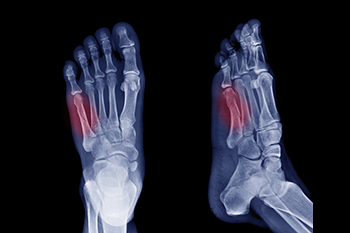
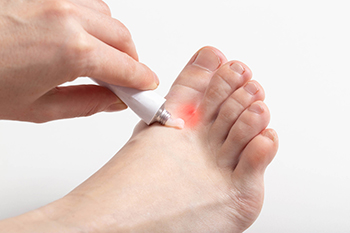 Athlete's foot,
Athlete's foot,
